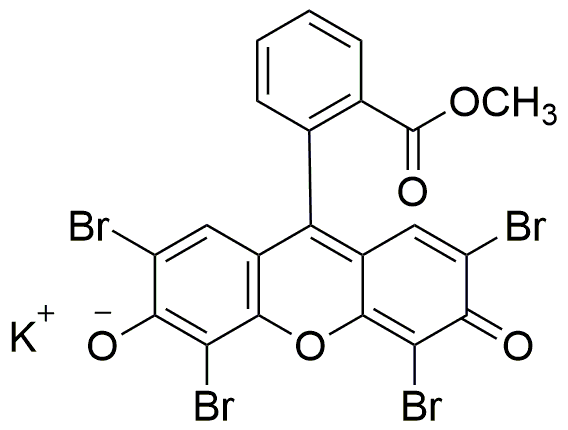Wright Stain solution, for microscopy is widely utilized in research focused on:
- Hematology: This stain is essential for differentiating blood cell types in blood smears, aiding in the diagnosis of various blood disorders such as anemia and leukemia.
- Microbiology: It helps in identifying and classifying microorganisms by providing contrast in cellular structures, making it easier to observe bacteria and parasites under a microscope.
- Pathology: The stain is used in tissue sample analysis, allowing pathologists to visualize cellular morphology, which is crucial for identifying diseases and abnormalities.
- Education: In teaching laboratories, it serves as a practical tool for students to learn about cell structure and function, enhancing their understanding of biological sciences.
- Research Applications: It is employed in various research studies to investigate cellular processes and interactions, contributing to advancements in fields like immunology and cancer research.
Información general
Propiedades
Seguridad y normativas
Aplicaciones
Wright Stain solution, for microscopy is widely utilized in research focused on:
- Hematology: This stain is essential for differentiating blood cell types in blood smears, aiding in the diagnosis of various blood disorders such as anemia and leukemia.
- Microbiology: It helps in identifying and classifying microorganisms by providing contrast in cellular structures, making it easier to observe bacteria and parasites under a microscope.
- Pathology: The stain is used in tissue sample analysis, allowing pathologists to visualize cellular morphology, which is crucial for identifying diseases and abnormalities.
- Education: In teaching laboratories, it serves as a practical tool for students to learn about cell structure and function, enhancing their understanding of biological sciences.
- Research Applications: It is employed in various research studies to investigate cellular processes and interactions, contributing to advancements in fields like immunology and cancer research.
Documentos
Hojas de datos de seguridad (HDS)
La SDS proporciona información de seguridad completa sobre la manipulación, el almacenamiento y la eliminación del producto.
Especificación del producto (PS)
La PS proporciona un desglose completo de las propiedades del producto, incluida la composición química, el estado físico, la pureza y los requisitos de almacenamiento. También detalla los rangos de calidad aceptables y las aplicaciones previstas del producto.
Certificados de análisis (COA)
Busque certificados de análisis (COA) ingresando el número de lote del producto. Los números de lote y de partida se pueden encontrar en la etiqueta de un producto después de las palabras "Lote" o "Lote".
Número de catálogo
Número de lote/lote
Certificados de origen (COO)
Este certificado de origen confirma el país en el que se fabricó el producto y también detalla los materiales y componentes utilizados en él y si se deriva de fuentes naturales, sintéticas u otras fuentes específicas. Este certificado puede ser necesario para cumplir con las normativas aduaneras, comerciales y regulatorias.
Número de catálogo
Número de lote/lote
Hojas de datos de seguridad (HDS)
La SDS proporciona información de seguridad completa sobre la manipulación, el almacenamiento y la eliminación del producto.
DownloadEspecificación del producto (PS)
La PS proporciona un desglose completo de las propiedades del producto, incluida la composición química, el estado físico, la pureza y los requisitos de almacenamiento. También detalla los rangos de calidad aceptables y las aplicaciones previstas del producto.
DownloadCertificados de análisis (COA)
Busque certificados de análisis (COA) ingresando el número de lote del producto. Los números de lote y de partida se pueden encontrar en la etiqueta de un producto después de las palabras "Lote" o "Lote".
Número de catálogo
Número de lote/lote
Certificados de origen (COO)
Este certificado de origen confirma el país en el que se fabricó el producto y también detalla los materiales y componentes utilizados en él y si se deriva de fuentes naturales, sintéticas u otras fuentes específicas. Este certificado puede ser necesario para cumplir con las normativas aduaneras, comerciales y regulatorias.


